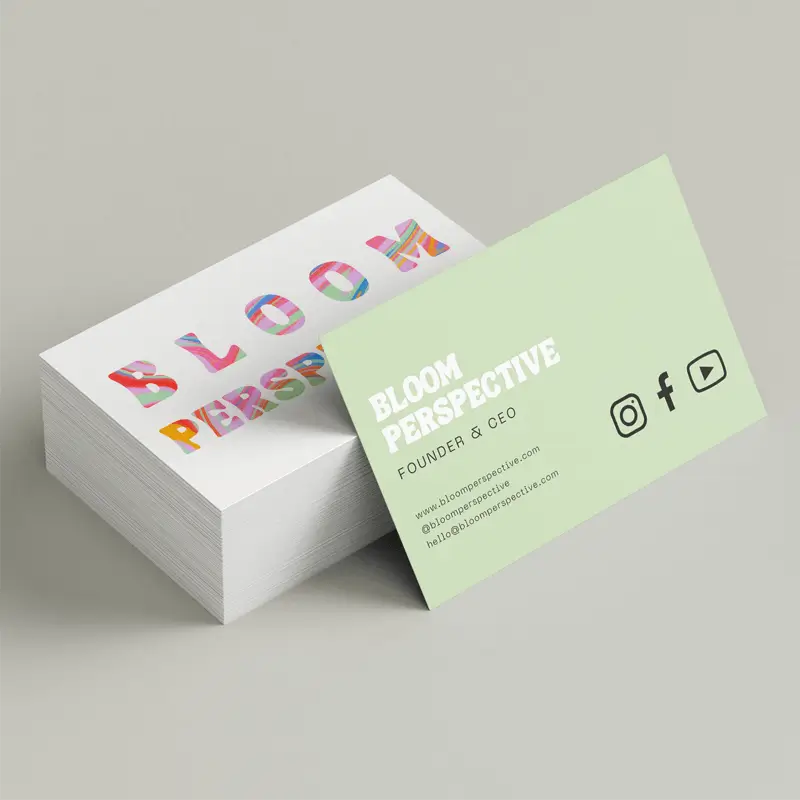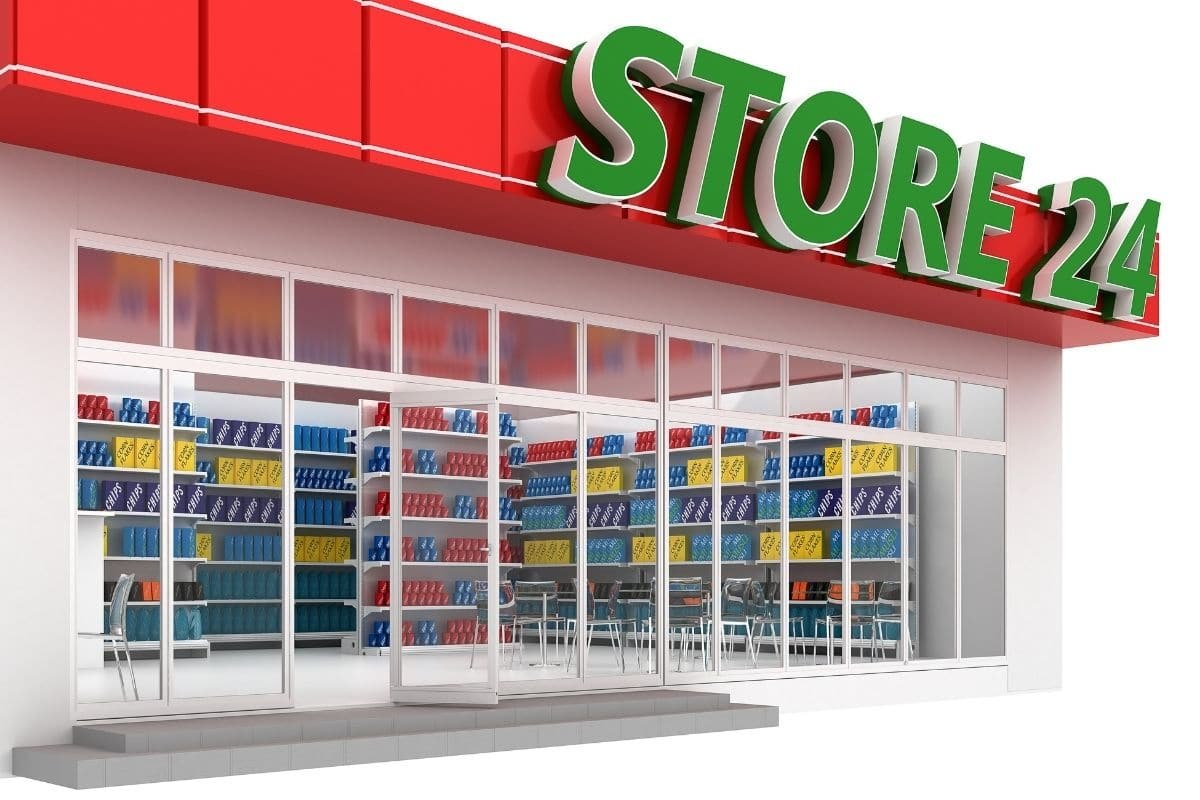Business Cards: A Comprehensive Guide to Their Importance and Evolution

Introduction
In today’s fast-paced, digital world, one might assume that traditional business tools like business cards would be fading into obscurity. However, these small, pocket-sized pieces of paper remain a cornerstone in business interactions and professional networking. Business cards are far more than just a tool for sharing contact details—they are a powerful means of communicating your brand identity and leaving a lasting impression on clients, colleagues, and potential partners. This article delves deep into the importance of business cards, their history, how they’ve evolved in the digital age, and how they continue to play a significant role in both business and personal branding.
The Origins and History of Business Cards
Business cards have a long history that dates back several centuries. Their origins can be traced to 15th-century China, where wealthy citizens used what were known as “visiting cards.” These cards served as an introduction and a sign of intent when one wanted to meet another person. Similarly, in Europe, by the 17th century, visiting cards had become popular among the aristocracy, especially in France and England. These cards, often ornately designed, were used as calling cards and symbols of wealth and status.
It wasn’t until the 19th century, during the Industrial Revolution, that business cards began to take the form we know today. As businesses grew and industries expanded, there was a need for entrepreneurs and business owners to exchange contact details and introduce themselves formally. The business card, standardized and professionalized, emerged as a tool for this purpose.
During this period, business cards also became a marketing tool, reflecting contact information and brand identity. These cards were typically printed on high-quality paper, adorned with decorative fonts, and often displayed a company’s logo. The cards represented professionalism, and their exchange became a ritual in business interactions.
The Role of Business Cards in Modern Professionalism
Fast forward to the 21st century, and business cards still hold significant value despite the digitalization of communication. In many cultures and industries, the exchange of business cards is seen as an essential part of the introduction process. Whether it’s at a networking event, a conference, or a formal business meeting, handing over a business card is a moment that can create a lasting impression.
Business cards provide a tangible reminder of a meeting and give people something to refer back to when they want to reach out to you. In a world where digital contact details can be easily lost in a cluttered inbox, business cards offer a physical connection that stands out. They also serve as a token of professionalism, showing that you are prepared, organized, and willing to engage in meaningful business interactions.
One of the key reasons business cards remain relevant today is their role in personal branding. A well-designed business card can communicate your brand’s aesthetics, values, and level of professionalism in just a few seconds. The choice of colors, fonts, logos, and even the card’s material can all contribute to how you are perceived by others. For example, a sleek, minimalist card might communicate modernity and sophistication, while a colorful, bold design might reflect creativity and innovation.
The Evolution of Business Cards in the Digital Age
With the rise of digital technology, many traditional forms of communication and business practices have evolved, and business cards are no exception. While the classic paper business card remains a staple, there are now digital alternatives that offer additional convenience and functionality. One of the most significant developments is the introduction of digital business cards, which allow users to share their contact details with just a tap or scan of a smartphone.
Digital business cards can store far more information than their paper counterparts, including social media links, website URLs, portfolios, and even interactive elements like QR codes. These cards can be shared via email, text, or apps, making them a practical option for people who prefer to manage their contacts digitally.
However, it’s worth noting that digital business cards haven’t completely replaced paper cards. In fact, many professionals carry both. The paper card is often used for formal, face-to-face interactions, while the digital card is used for virtual meetings or online networking. The two formats can complement each other, offering flexibility depending on the situation.
The Importance of Design in Business Cards
A business card is often the first tangible impression someone has of your brand. Therefore, its design plays a crucial role in shaping how others perceive you. From the color scheme to the font choice, every element of a business card should be carefully considered to ensure it reflects the image you want to project.
Key Elements of a Well-Designed Business Card:
Simplicity and Clarity: The card should be easy to read, with a clean layout that clearly presents your name, title, and contact details. Avoid cluttering the card with too much information or overly complex designs.
Brand Identity: Incorporate your company’s logo and brand colors to ensure the card aligns with your overall brand image. Consistency across all your branding materials helps reinforce recognition and trust.
Quality Materials: The material you choose for your business card can say a lot about your brand. For instance, a thick, matte card may give off a sense of professionalism and reliability, while a textured or glossy card might indicate creativity and attention to detail.
Typography: Choose fonts that are not only visually appealing but also easy to read. The font should match the tone of your brand—formal for corporate industries, or more playful for creative fields.
Unique Features: In an increasingly competitive market, many professionals are looking for ways to make their cards stand out. Some choose to incorporate special features such as embossed text, foil accents, or even unconventional shapes to make their cards more memorable.
Sustainability and Business Cards: A Growing Trend
As businesses across the globe become more eco-conscious, sustainability has emerged as a key trend in business card design and production. Traditionally, business cards were printed on non-recyclable paper and often ended up in the trash after brief use. This created a substantial amount of waste, particularly at large events where hundreds or thousands of cards might be exchanged.
Today, many businesses are opting for more sustainable alternatives. Recycled paper, soy-based inks, and even plantable business cards made from seed paper are becoming popular options. Some companies also opt for digital business cards to reduce their environmental impact, foregoing physical cards altogether.
By choosing eco-friendly business cards, companies can align their branding with their sustainability values, appealing to environmentally-conscious clients and customers. It’s also a way to stand out in a competitive market, as sustainable practices are increasingly seen as a sign of responsibility and forward-thinking in business.
The Etiquette of Exchanging Business Cards
While the design and content of a business card are important, the way you exchange business cards is equally crucial. Business card etiquette varies across cultures and industries, and understanding these nuances can help you make a positive impression.
In many Western countries, business cards are often exchanged at the end of a meeting, usually after a handshake or formal greeting. It’s considered polite to accept a business card with both hands, take a moment to look at the card, and perhaps comment on it before putting it away. This shows respect for the person who gave you the card and indicates that you value the interaction.
In some Eastern cultures, however, business card exchange is a more formal process. For example, in Japan, business cards (known as “meishi”) are considered an extension of the individual, and they are exchanged with great care. The card should be offered and accepted with both hands, and it’s important to study the card before putting it away in a cardholder. Placing a business card in a wallet or pocket without looking at it is considered disrespectful.
Business Cards in a Global Context
As business becomes increasingly globalized, understanding the role of business cards in different cultural contexts is essential for international success. While some countries place a strong emphasis on business card etiquette, others are more relaxed. Knowing the norms in the region you’re doing business can help you navigate professional relationships with greater ease.
For instance, in many Asian countries, business cards are not only used to share contact details but are also seen as symbols of rank and status. In these cultures, the design of the card, the way it is presented, and the manner in which it is received can all influence the outcome of a business interaction. In contrast, in countries like the United States or Canada, business cards are often exchanged more casually, with less emphasis on the formalities of the process.
The Future of Business Cards
As technology continues to evolve, the future of business cards will likely see a blending of traditional and digital formats. While paper cards are unlikely to disappear entirely, we may see more innovative designs and integrations with digital tools. For example, NFC (Near Field Communication) technology is already being used in some business cards, allowing users to transfer contact information with a simple tap.
Virtual reality and augmented reality are also likely to play a role in the future of business cards. Imagine a business card that, when scanned, brings up a virtual tour of a company’s headquarters or a 3D product demonstration. These advancements will continue to enhance the ways business cards are used to make meaningful connections in the business world.
Conclusion
Business cards may be small, but they are mighty tools in the world of business. They serve as more than just a means of sharing contact information; they are a reflection of your brand, your professionalism, and your values. Whether you opt for a traditional paper card or embrace a more digital approach, a well-designed business card can leave a lasting impression and open the door to new opportunities. As the business landscape evolves, so too will the ways we use business cards, but their core purpose—building connections—will remain unchanged.










